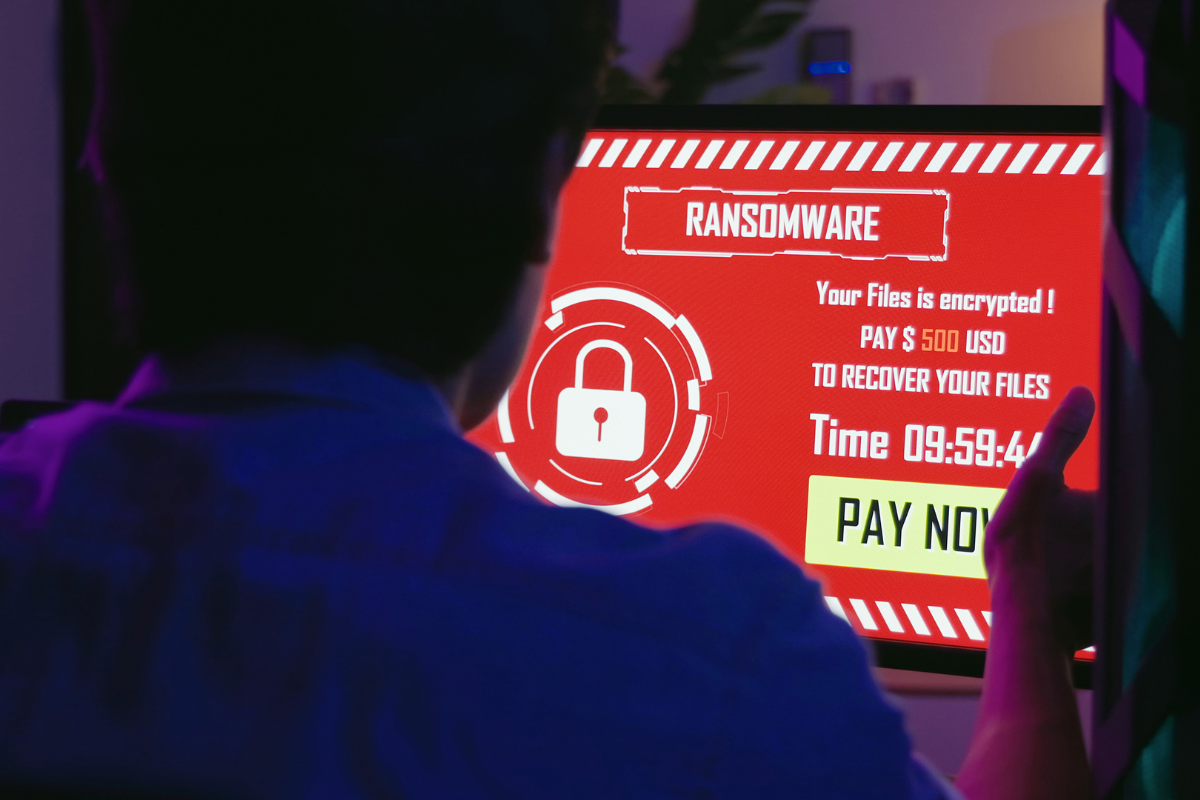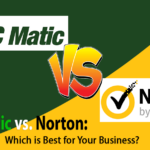In today’s information-driven world, antivirus software protects people, companies, and institutions from cyber threats.
The risk of malicious exploitation increases with increasing reliance on digital devices, online transactions, and data exchange.
Antivirus software is a critical line of defense, detecting, preventing, and mitigating malware, ransomware, spyware, phishing, and other threats.
It maintains the integrity, confidentiality, privacy, and security of digital processes while constantly adapting to new threats, making it an essential component of modern cybersecurity.
It is, therefore, essential to make informed choices about the antivirus software being utilized for mobile devices, desktops, and servers.
When it comes to Zero-Day vulnerabilities, it may be a daunting task to decide which antivirus software is the best antivirus app for Android, and IOS or which antivirus would be the best for server or desktop products.
Post Contents
What Are Zero-Day Attacks Anyway?
Zero-day attacks take advantage of vulnerabilities in software or systems that the vendor or antivirus developers are unaware of.

Zero-day vulnerabilities are frequently limited to specific software versions or configurations. Threat actors can tailor their attacks to target systems that run the vulnerable software, increasing their chances of success.
When a vulnerability in their software is discovered, software developers typically work on developing a patch or update to address it.
However, the vulnerability will remain open until the patch is released and users apply it. This period between the vulnerability’s discovery and the patch’s release is known as the patch window.
Threat actors actively seek out these unknown vulnerabilities to take advantage of them before the software vendor can issue a patch.
They race against the clock to create malware or attacks that exploit the vulnerability, knowing their advantage will vanish when a flaw is publicly disclosed and patched.
The Stuxnet virus, discovered in 2010, is an example of a zero-day attack in the industry. Stuxnet was a highly complex malware designed to target and disrupt nuclear power plant industrial control systems (ICS).
The virus propagated within ICS networks by exploiting several zero-day weaknesses in Microsoft Windows.
Stuxnet is just one example of the numerous zero-day attacks discovered in recent years.
As software becomes more complex, it becomes increasingly challenging for vendors to keep track of all potential vulnerabilities. This increases the likelihood of zero-day attacks.
How Can We Stay Ahead of Zero-Day Attacks?
Traditional antivirus methods rely on signature-based detection, meaning they look for known malicious code patterns.
This works well for known threats, but it could be more effective against zero-day threats, which are new and unknown. Here are some of the shortcomings of traditional antivirus:
They Are Reactive
Traditional antivirus methods can only detect threats that they have already seen. Zero-day threats are new and unknown, so signature-based antivirus programs cannot detect them.
Developing Updates And Patches Take Time
It takes time for antivirus companies to develop signatures for new threats. This means there is often a window of vulnerability when a zero-day threat is first released and before antivirus programs can detect it.
Several newer technologies can be used to detect zero-day threats to address the shortcomings of traditional antivirus methods.
Suspicious activity on a computer, such as file changes or network connections, can be detected by behavioral analysis programs. This is because they look for suspicious activity that does not match known signatures.
One example of the importance of research is the discovery of the Spectre vulnerability.
While researching Meltdown, the researchers discovered that a similar technique could steal data from memory, even if the operating system protected the data. This method was later dubbed Spectre.
In January 2018, researchers from Google’s Project Zero revealed the Spectre vulnerability to Intel and other technological infrastructure vendors.
Vendors issued patches to address the vulnerability, but the patches induced problems with efficiency on some processors.

Machine learning can also be a powerful tool for detecting and mitigating zero-day threats. Here are some ways that machine learning can be used:
Patterns of malicious behavior expected in zero-day threats can be identified by machine learning.
This can be done by analyzing data from past attacks, such as the files used, the network connections made, and the commands executed.
Once these patterns are identified, they can be used to detect new threats that exhibit similar behavior.
Machine learning can also be used to learn from human expertise. This can be done by feeding machine learning algorithms with data from security analysts investigating zero-day attacks.
This data can be used to train the algorithms to identify the types of behavior that are most likely malicious.
New signatures for zero-day threats can then be generated from machine learning.
Developing a reliable machine-learning model for recognizing malware entails several vital steps.
To facilitate practical model training, a diverse and extensive dataset of known malware specimens is gathered first.
The next step is feature engineering, extracting relevant features from malware samples, such as file size, file format, specific keywords, and byte patterns.
Following the preparation of the feature set, the model training stage begins, during which the machine learning model is trained on the acquired malware dataset to identify prevalent characteristics in malicious files.
Finally, suspicious files can be executed in a controlled environment, a sandbox, to allow security analysts to observe the file’s behavior without risking the host computer.
Conclusion
Dealing with zero-day threats and protecting the digital world requires proactive approaches, partnership, and innovation, minimizing vulnerabilities before they are exploited.
Governments and policymakers must also deal with zero-day threats. It can be challenging to create policies and regulations that keep up with the latest threats.
Governments must also collaborate with the private sector to develop innovative security innovations and solutions.
Overall, dealing with zero-day threats is critical because they can have an enormous detrimental effect on people, corporations, and society.
The technology community can better protect themselves by collaborating with other organizations and sharing information and resources. In addition, by innovating, they can create new technologies to keep up with the latest threats.






























